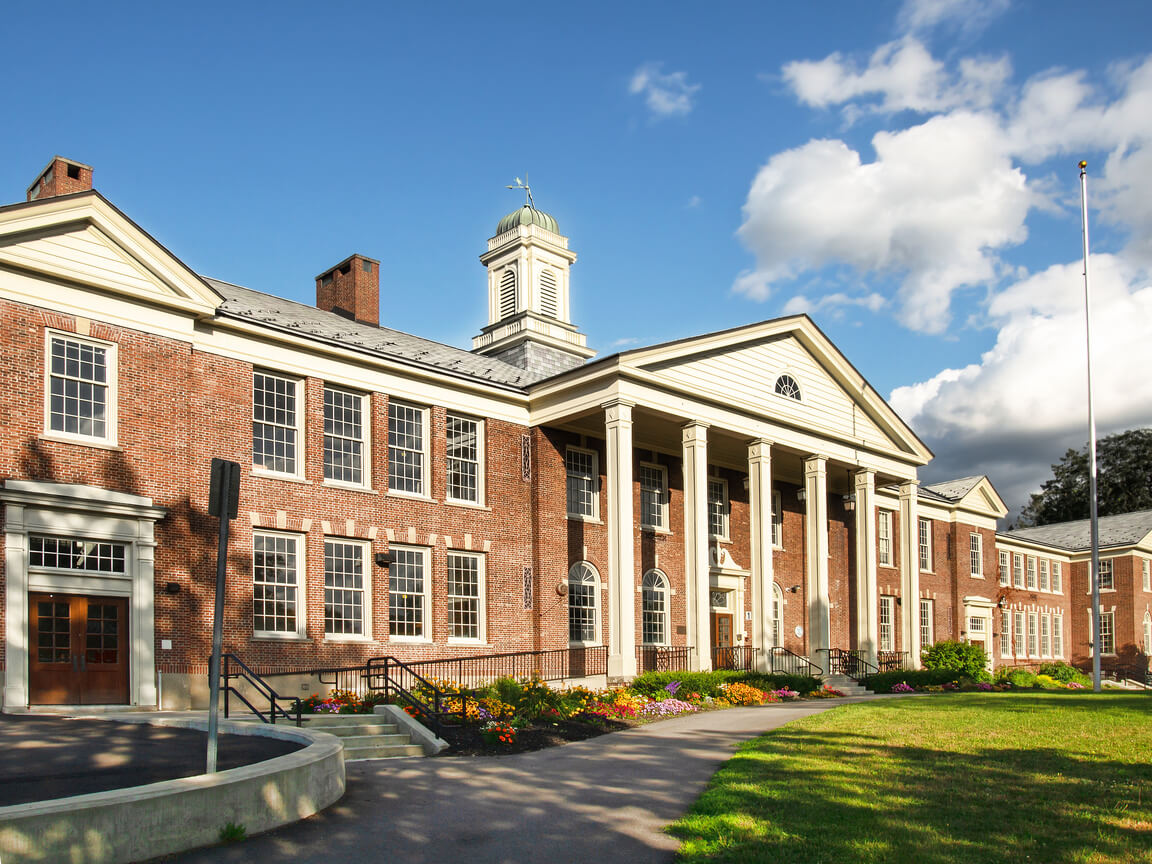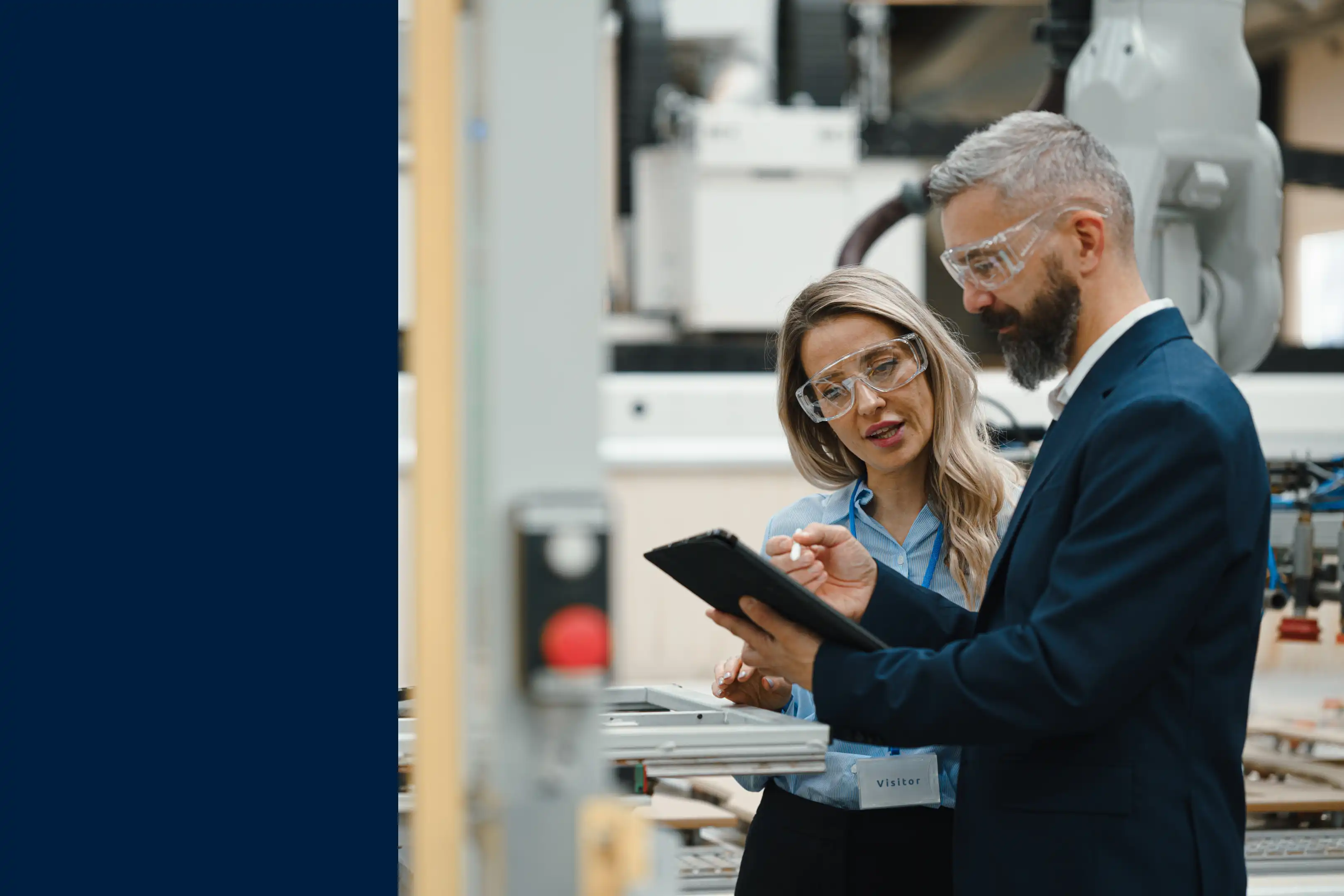
There’s no way to sugarcoat it: educational facilities in North America are aging. Schools in the U.S. are on average 44 years old, and facilities management for schools is substantial. At the same time, newer, more technologically advanced schools also require significant maintenance expertise to foster safe and engaging learning environments.
Education is delivered through many mediums and channels. The schools and organizations providing that education also vary greatly. Every type of educational facility has unique demands. There is no definitive one-size-fits-all approach to facility management for schools.
Approaching Facility Management in Education
To maintain facilities within a school, it’s important to first understand the core elements of facility management. Facility maintenance teams also need to follow specialized education-based Standard Operating Procedures (SOP).
Put simply, SOPs are step-by-step documentation of work-related tasks. Well-done standard operating procedures remove the guesswork necessary to complete assignments.
Within a school campus or learning environment, there are hundreds, if not thousands, of tasks that fall under the SOP umbrella.
Read more: School maintenance and inspection checklist

Categories of Facility Maintenance in Schools
To better understand the requirements and tasks involved in maintaining and managing a school, look at the six categories of Facility Management.
Each category presents unique challenges and requirements and encompasses what education facility managers should include within each SOP.
1. EHS: Environment, Health, and Safety
Asbestos: Referred to as one of the “four horsemen” of school facility management by the National Center for Education Statistics (NCES). To emphasize, asbestos is a building material that can cause harm due to its microscopic fibers.
SOPs and work orders can help facility managers identify and track asbestos-containing material, schedule routine maintenance, and implement response actions. The goal is to ensure students and staff are not exposed to the material in an unsafe manner.
2. Fire Safety
Fire extinguishers and smoke alarms: Throughout schools and grounds, a detailed fire safety plan should be visible.
Furthermore, SOPs and work orders should record inspections of fire equipment, including ensuring extinguishers are up to date, smoke alarms are functional, and buildings follow compliance regulations.
3. Security
Keeping valuable educational equipment safe: Schools often have specialized equipment for teaching students. Universities and colleges often house high-tech machines in science labs, and vocational schools have trade tools that are expensive to replace.
In addition, managers and workers should log security technology and hardware maintenance and ensure cameras, alarms, and sensors are regularly inspected.

4. Preventive Maintenance in Schools
Boiler pipe replacements: NCES calls preventative maintenance the “cornerstone of any effective maintenance initiative.” One of the best examples is maintaining boilers and other HVAC equipment. Also, facility workers can prevent future breakdowns and downtime by installing new and cleaning older parts according to preventive maintenance SOPs.
Using a CMMS, facility managers can schedule preventive maintenance to stay ahead of problems before they arise.
5. Cleaning and Sanitation
Ensuring floors are clean: Sanitation has become more important than ever. Obviously, in high-traffic areas such as cafeterias and hallways, it is vital for employees to routinely clean floors and surfaces that can incubate bacteria.
Scheduling these recurring daily sanitation tasks is vital as are less-frequent deep cleans.
6. Operational Tasks
Shoveling snow: Schools have an abundance of operational tasks that pop up every day, from changing light bulbs to emptying the trash. During the snowy months, facility teams need to shovel and clear paths for students and faculty to get around school safely. On larger college campuses, entire teams are devoted to salting and shoveling key pathways.
Keeping track of shoveling and plowing ensures that students and faculty can get where they need to go.

How a CMMS Helps School Facility Management
Computerized maintenance management systems (CMMS), such as MaintainX, offer facility workers and school staff the ability to track and manage maintenance tasks.
The MaintainX CMMS tracks work requests and work orders and allows teams to collaborate in real time within one seamless platform.

MaintainX and School Facility Management
Facilities management for schools can vary widely depending on the type of school. MaintainX helps education facility maintenance teams coordinate work, meet regulatory standards, manage preventative maintenance, and focus on safety and security. MaintainX is a unified digital platform that tracks tasks, maintenance priorities, locations, and equipment in real time.
Let MaintainX help with your school. It’s free.
FAQs

Caroline Eisner is a writer and editor with experience across the profit and nonprofit sectors, government, education, and financial organizations. She has held leadership positions in K16 institutions and has led large-scale digital projects, interactive websites, and a business writing consultancy.





.webp)